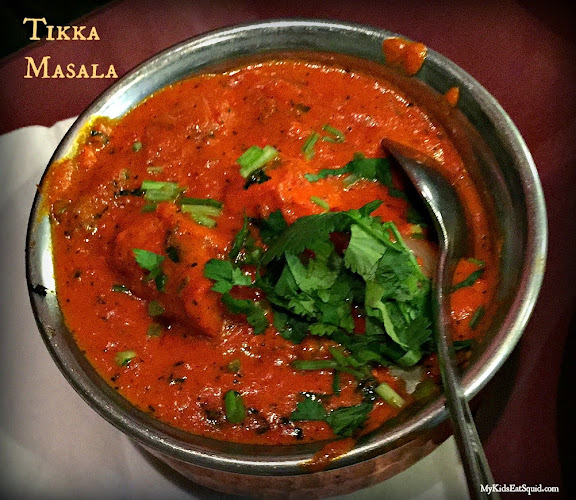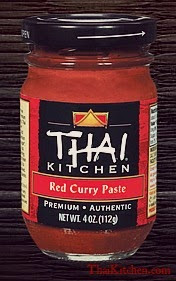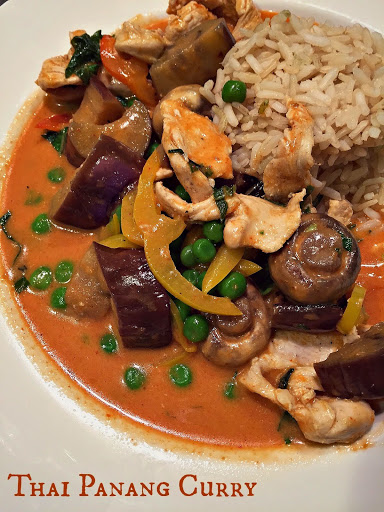Curry Lessons
When we lived in Michigan, my neighbor from Northern India would often invite us over to her home for dinner. Wafts of coriander and fennel with undercurrents of earthy nuts and more vibrant cilantro greeted us when she opened the door. My husband favored Palak Paneer—a dish made with cubes of firm cheese (just a hint softer than fresh mozzarella) with a spinach sauce that she made extra spicy for him. I gravitated toward the Chicken Makhani, or Butter Chicken. She made the dish especially for me, since her family was vegetarian. Jasmine rice with tiny threads of saffron went along with the main dishes and she’d often offer us a smoothie made of purple grapes and heavy cream to go with the meal. Dessert was a handful of fennel seeds.
The bright flavors and colors of the dishes inspired questions from my husband and I, who were both more familiar with Mexican and Italian spices but hadn’t ventured much into Southeast Asian cuisine at that point.

“What kinds of spices do you use?” I once asked, eager to learn how to prepare some of the dishes I’d come to enjoy.
“I’ll tell you this, I never use curry.” She made a face that looked like she’d just eaten a sour lemon as she spoke. “Curry powder isn’t Indian. I don’t know what it is.”
Bright yellow with bitter undertones, the curry powder you find in the spice aisle of your standard American grocery store is fine for chicken salad, but it doesn’t belong in Southeast Asian cuisine.
Curry powder is a generic mix of tumeric, cumin, and coriander—sometimes mixed with other spices like ginger, fennel seed, fenugreek, and maybe caraway, green cardamom, and chiles. The bright color comes from the overabundance of tumeric.

The British are credited with giving curry its name, which dates back to an English cookbook published in the 1390s, The Forme of Cury. “All hot food was called ‘cury’ from the French word cuire, meaning to cook,” explains the BBC Food. However, some food aficionados point out that the word probably comes from a Sri Lankan word for spiced sauce, kari.
No matter the word’s origins, today its definition encompasses a wide range of Southeast Asian dishes—the defining characteristic is that the recipe includes a spiced sauce. I’m not sure where America fell away from the U.K.’s broader understanding of curries. In England, it’s known as the “national dish.” In the U.S., it seems to be more frequently thought of as the something in a spice jar collecting dust at the back of the cabinet.

Curry powder. Wikimedia Commons: Whitebox
If you happen to have curry powder in your cabinet, my recommendation would be that of what I learned from my neighbor: toss it.

Instead, when making curry dishes, expect to find a list of dry and fresh spices in the recipe. These spices are what gives flavor to the broth or cream-based sauce that then infuses whatever you place in it, whether that’s chicken or lamb or perhaps strictly vegetarian fare.
Do you have a favorite curry dish? What kind of spices have you noticed in the sauce?
Kristen J. Gough is the Global Cuisines & Kids Editor for Wandering Educators. She shares her family's adventurous food experiences--and recipes--at MyKidsEatSquid.com.
All photos courtesy and copyright Kristen J. Gough, except where noted
-

- Log in to post comments


















